Vauxhall Astra GSe Review: An Unconvincing Crack At Hybrid Performance
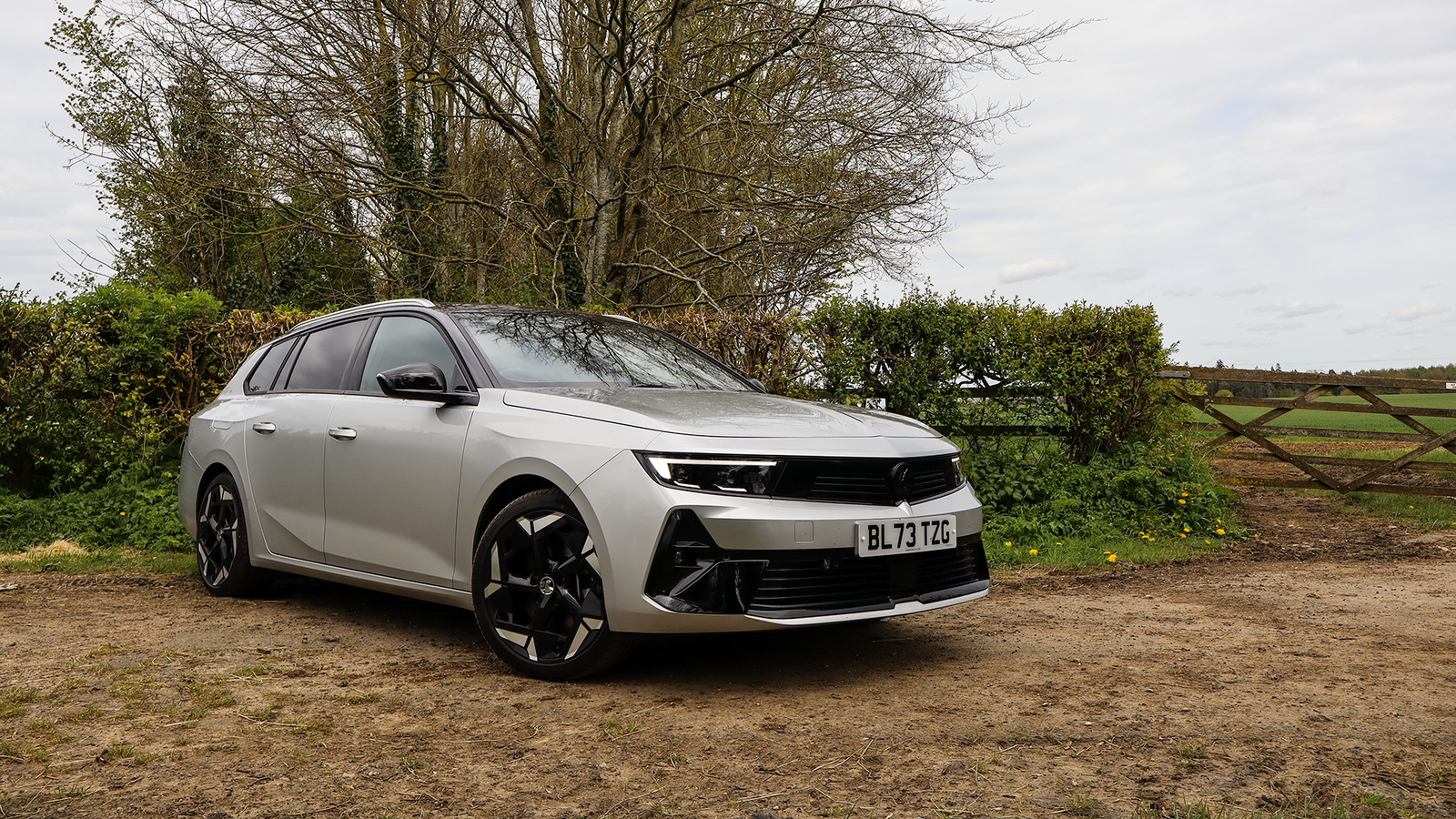
Pros
- Plenty of kerb appealComfortable and refined at regular speeds
Cons
- Uninspiring handling and unconvincing brakesInterior feels cheap in places
The history of Vauxhall’s performance badges is a labyrinth of arcane initialisms. Go back to the 1970s, and you had the supremely cool, shovel-nosed Firenza HP and Chevette HS. They were followed by hot GTE and GSi badges in the ’80s and ’90s respectively, with the milder SRi cars below. The 21st century saw the company settle into a happy groove of torque steer-filled madness with its brash VXR models.
In the late 2010s, VXR gave way to the return of GSi, but these were pale imitations of their predecessors, offering the looks but none of the performance. That badge was gone almost as soon as it appeared, which is how we ended up here: the Vauxhall Astra GSe. This is Vauxhall’s first crack at a new breed of performance car, a plug-in hybrid using tech shared with the rest of the Stellantis empire.
We’ve seen a pretty good performance PHEV from Stellantis in the form of the Peugeot 508 PSE and, while the Astra’s not quite on the same level in terms of power, it shares a lot of the same underpinnings. So, can a plug-in hybrid successfully tempt those mourning the loss of their bonkers, tyre-smoking VXRs?
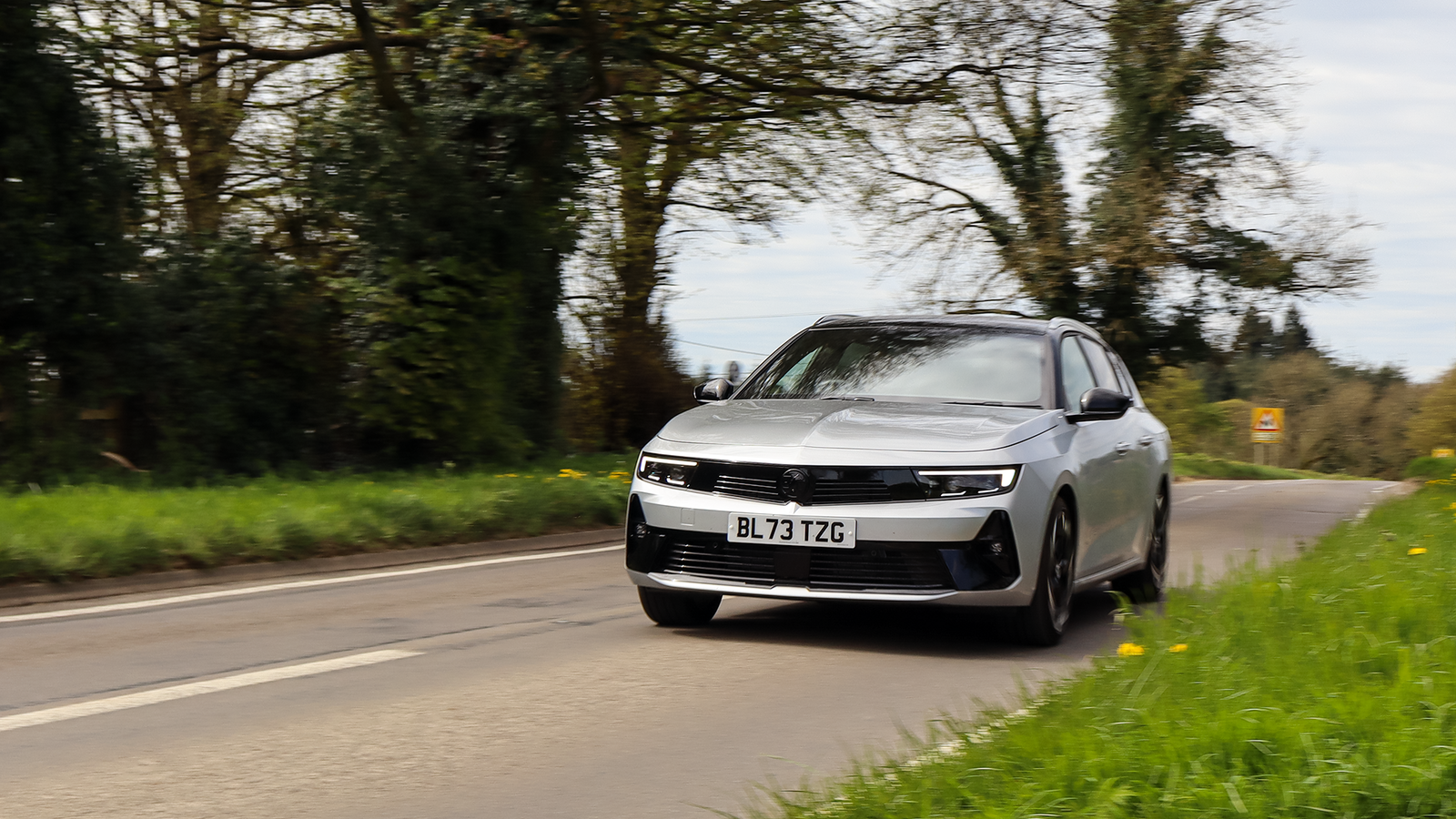
It certainly has the look. Really, there’s not been a bad-looking Astra in a long time, but the creasy new version is undeniably striking, in both hatchback form and as the Sports Tourer tested here. Any attempts to add extra spice for the supposedly hot GSe version are very subtle though, hinting that all might not be quite what it seems with this car.
Things are a bit more mixed inside. The new Astra greets drivers with a shiny black wall in front of them, which reveals a pair of 10-inch screens on startup – a central infotainment display and a digital readout in place of a traditional instrument cluster. Both are perfectly functional and responsive, although neither is particularly pretty in the graphics department. The Astra does win enormous points for the bank of toggle switches arranged below the infotainment screen, though. The GSe’s head-up display is a welcome addition, too.
The other issue is that it just feels slightly bland – some of the materials feel quite cheap, and it’s all a bit dark and gloomy. The GSe’s Alcantara-clad sports seats are good though.
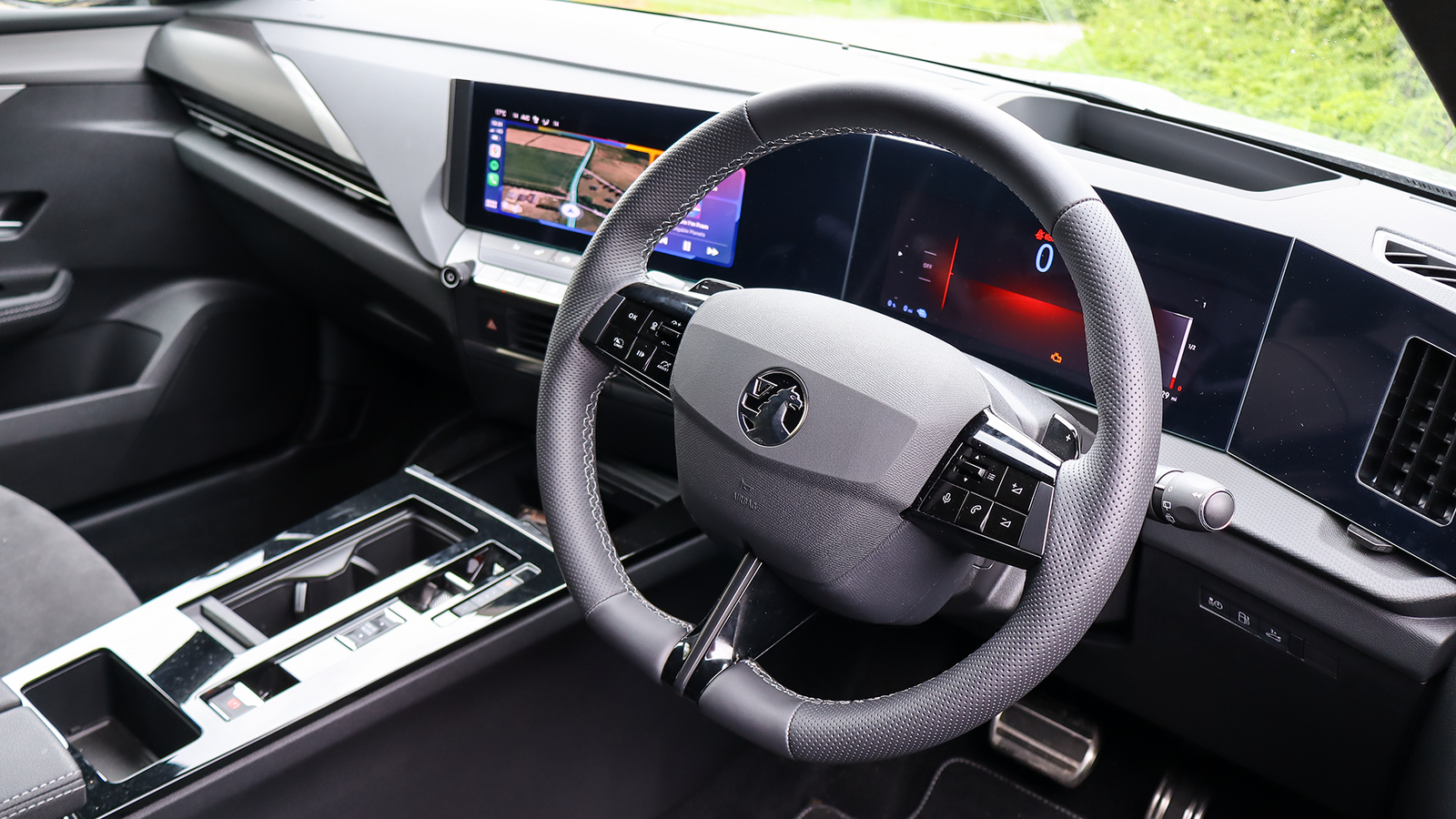
The boot is decently big at 516 litres, although this is 81 litres less than non-hybrid estates. Interior storage is generally good, but it has curiously shallow cupholders that’ll instantly eject a Chilly’s bottle at high velocity when you accelerate hard. Ask me how I know.
The Astra GSe’s powertrain pairs a 178bhp 1.6-litre turbocharged four-cylinder with a 109bhp electric motor. Peak combined output is 221bhp, all of which goes through the front wheels. It’s all sent through an eight-speed automatic, with 0-62mph taking 7.5 seconds and the car topping out at 146mph. Sort of entry-level hot hatch numbers, then, although it’s worth pointing out that the platform-sharing Peugeot 308 is offered with an identical powertrain, and isn’t marketed as being particularly performance-oriented.
It leads to a car that’s handily swift. It whooshes forward, the gearbox working smoothly and quickly across the power band. An actual performance car, though? No. Don’t be fooled by any of this car’s various efforts to make you think otherwise.
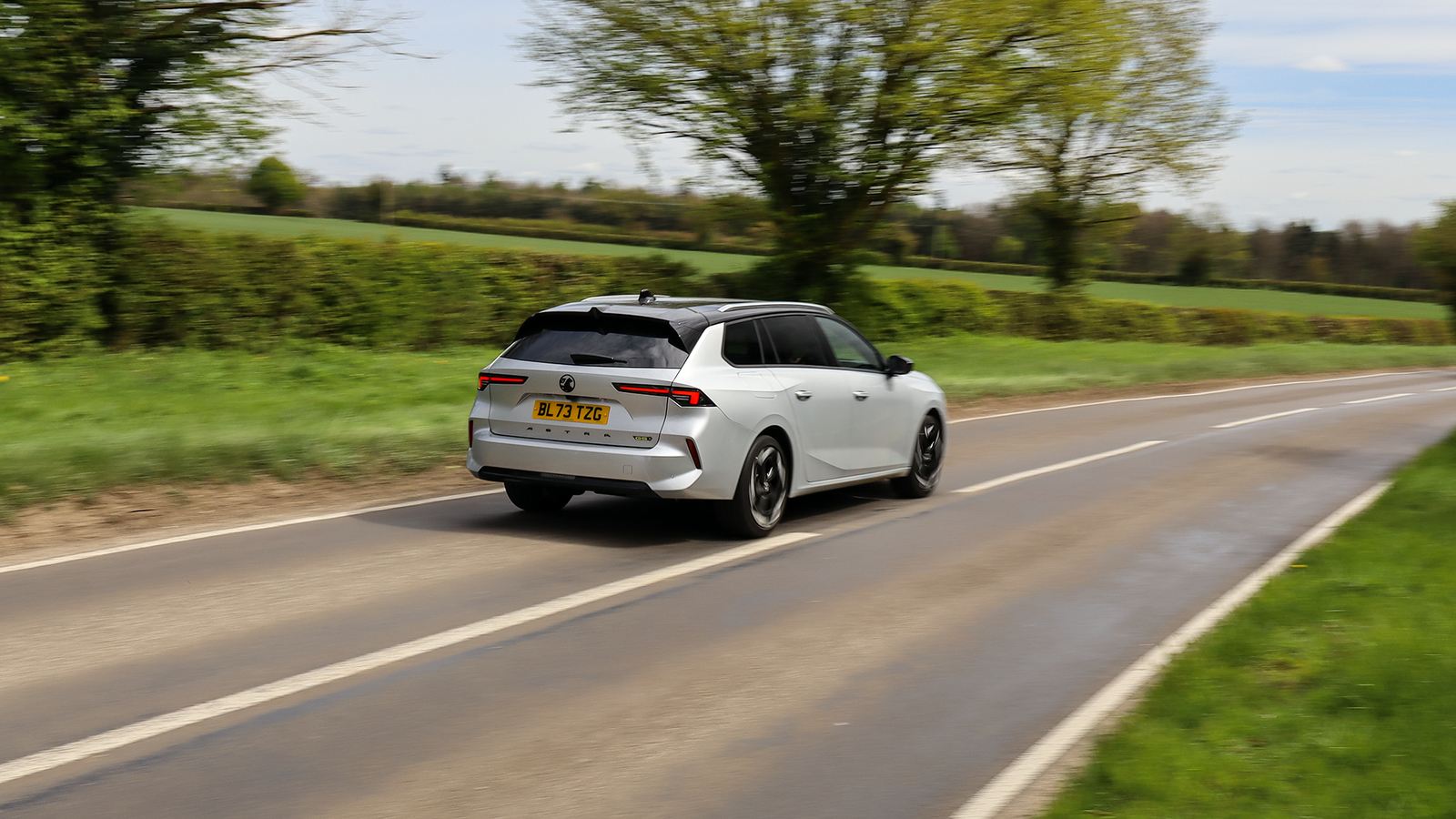
For starters, it exposes the biggest issue with trying to make a PHEV performance car. Once you run out of electricity – and you will, because in the real world, you’ll do well to get more than 20 miles out of the battery – you’re left with a 178bhp car that has to haul around 1671kg, a good couple of hundred kilos of which comes from the now-flat batteries. As a result, the accelerative surge you were experiencing before is significantly diminished.
That weight also makes itself known in the corners, where the steering is unpleasantly gloopy and free of feedback. Switching the car to sport mode only serves to add some very artificial heft to proceedings.
Vauxhall has made genuine efforts with the chassis, dropping the suspension by 10mm over the standard Astra, fitting new springs and two-stage Koni dampers and loosening the ESP’s grip. Unfortunately, none of this does much to prevent the GSe from feeling heavy, numb and unharmonious when you push it. It grips keenly enough, but never really rewards you for spirited driving.
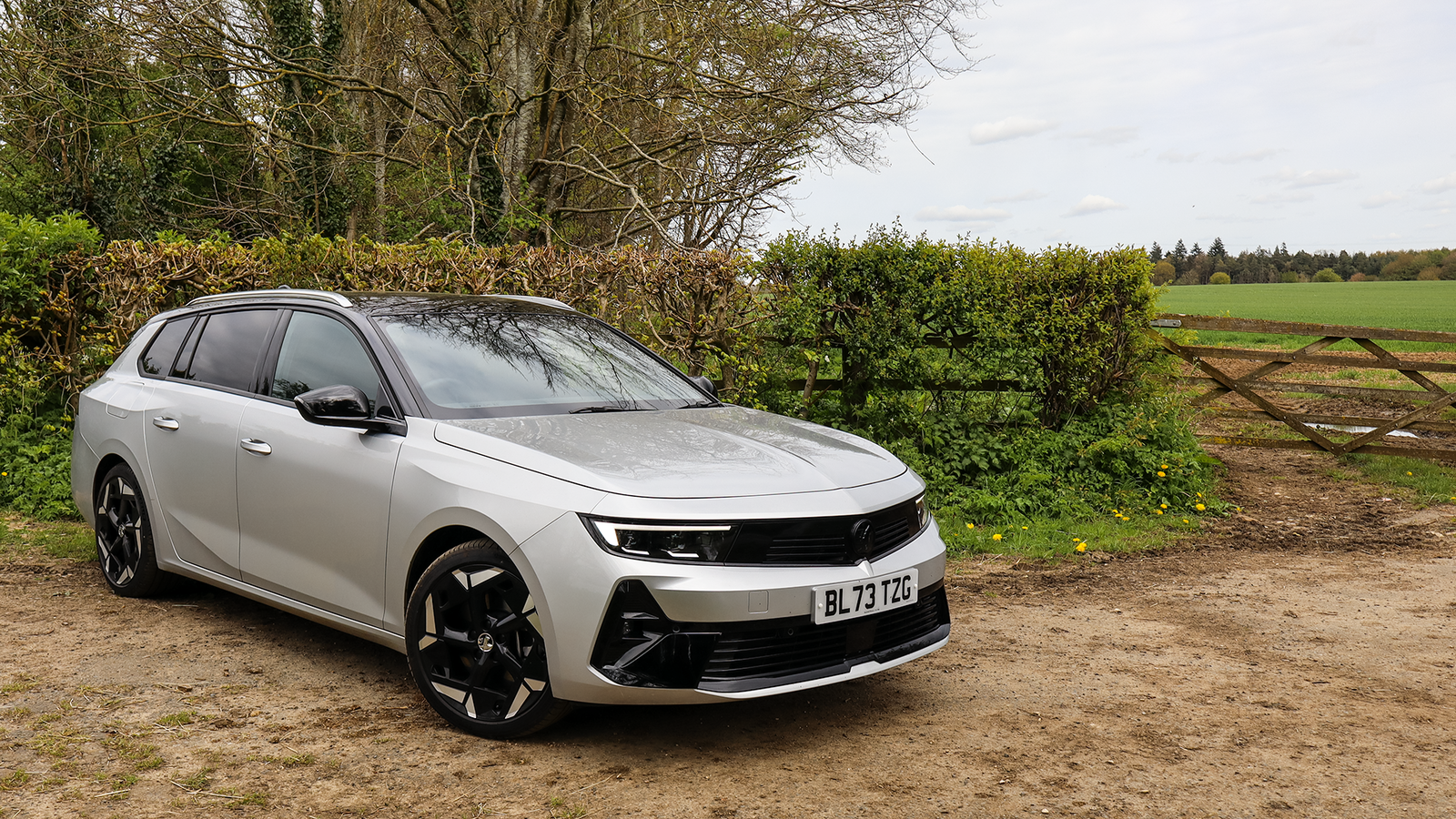
Interestingly, early reviews of the car mentioned it being fitted with efficiency-friendly Michelin Primacy tyres, but my car was wearing a set of Pilot Sports, suggesting Vauxhall might have taken some feedback on board. I imagine this has made some difference, but not enough to hide its performance shortcomings.
In fact, the GSe is far better at normal, everyday driving, where it’s a very quiet, refined affair. Vauxhall’s chassis tweaks haven’t overly affected ride quality, which is smooth and supple, and the general hush of the cabin is only really broken by occasional road noise or the engine’s slightly coarse vocalisations under load.
The only glaring issue at this speed – indeed at any speed – is the brakes. The pedal offers little feedback to begin with, and as you slow, the electric motor’s regen begins to kick in, and the car simply fails to juggle the two sources of stopping power smoothly. It leaves you misjudging braking points into bends, and unpleasantly lurching to a standstill.
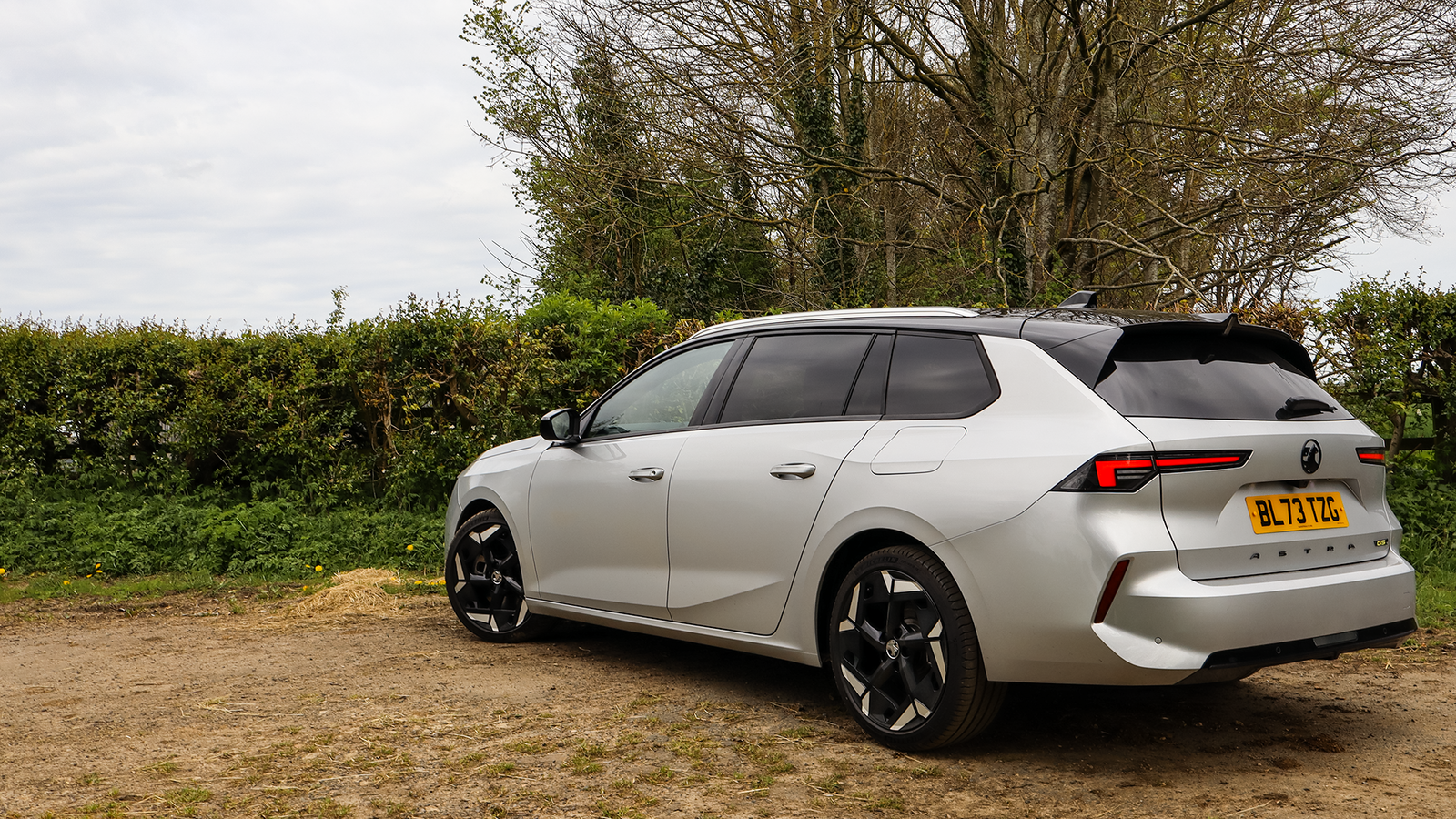
What the Astra GSe really is is a posh company car – indeed, Vauxhall expects it to be a fleet favourite owing to favourable PHEV taxation, and it’s hard to imagine too many private buyers being tempted by the £41,800 entry point for the hatch (this Sports Tourer was £45,100 as tested).
Anyone hoping for a hot Vauxhall revival is only going to be disappointed by its underwhelming performance and stodgy handling, and those tempted by the Astra’s excellent looks will be better served spending a bit less on a fully electric or pure petrol version.
The GSe is an agreeable, refined day-to-day car, if let down in a couple of areas, but it fails to excite as the performance car it’s claiming to be. Past fast Vauxhalls haven’t necessarily been the last word in refinement or involvement, but they’ve often made up for this with excitement and character. This, sadly, is where the GSe falls flat.
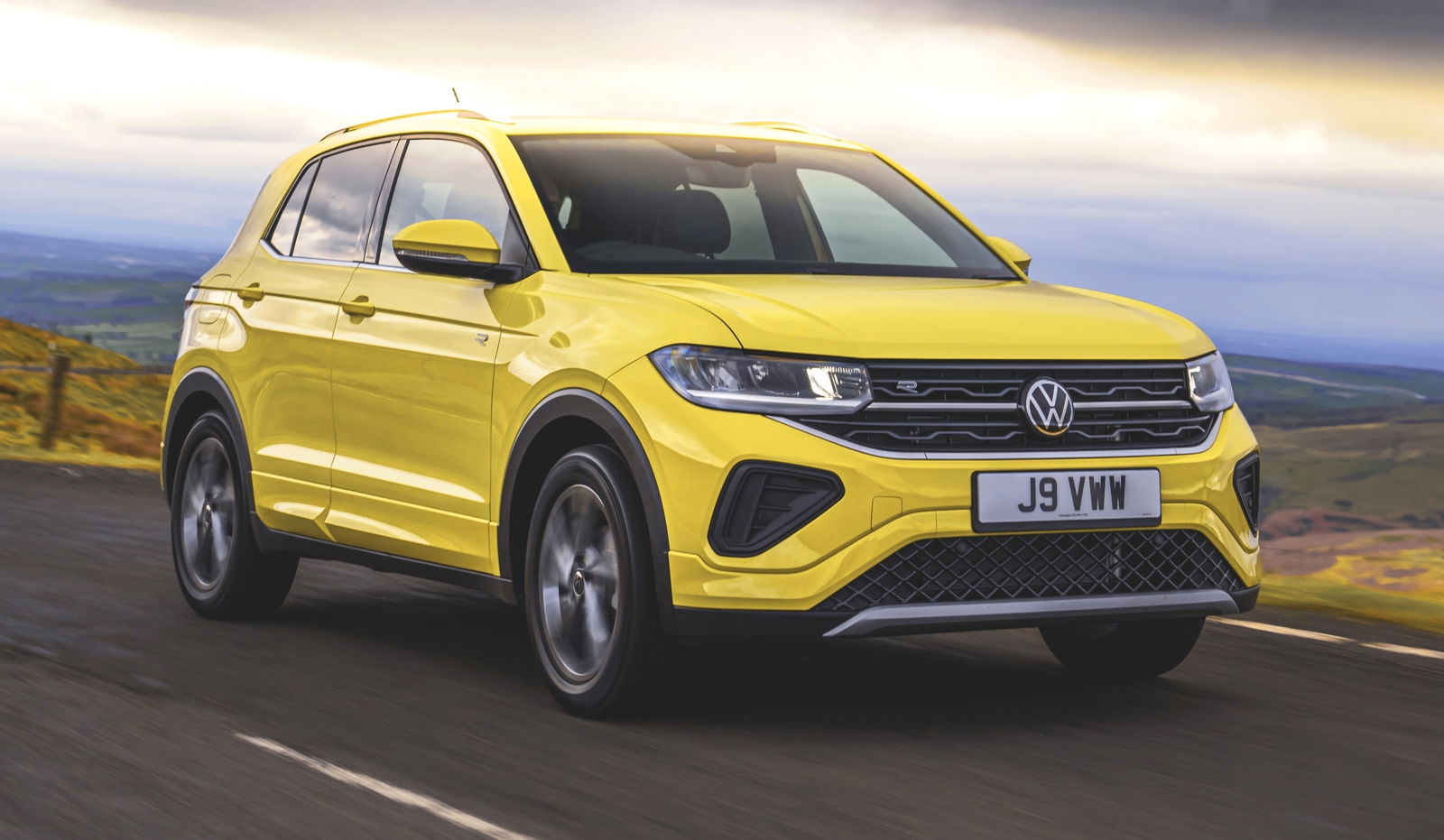
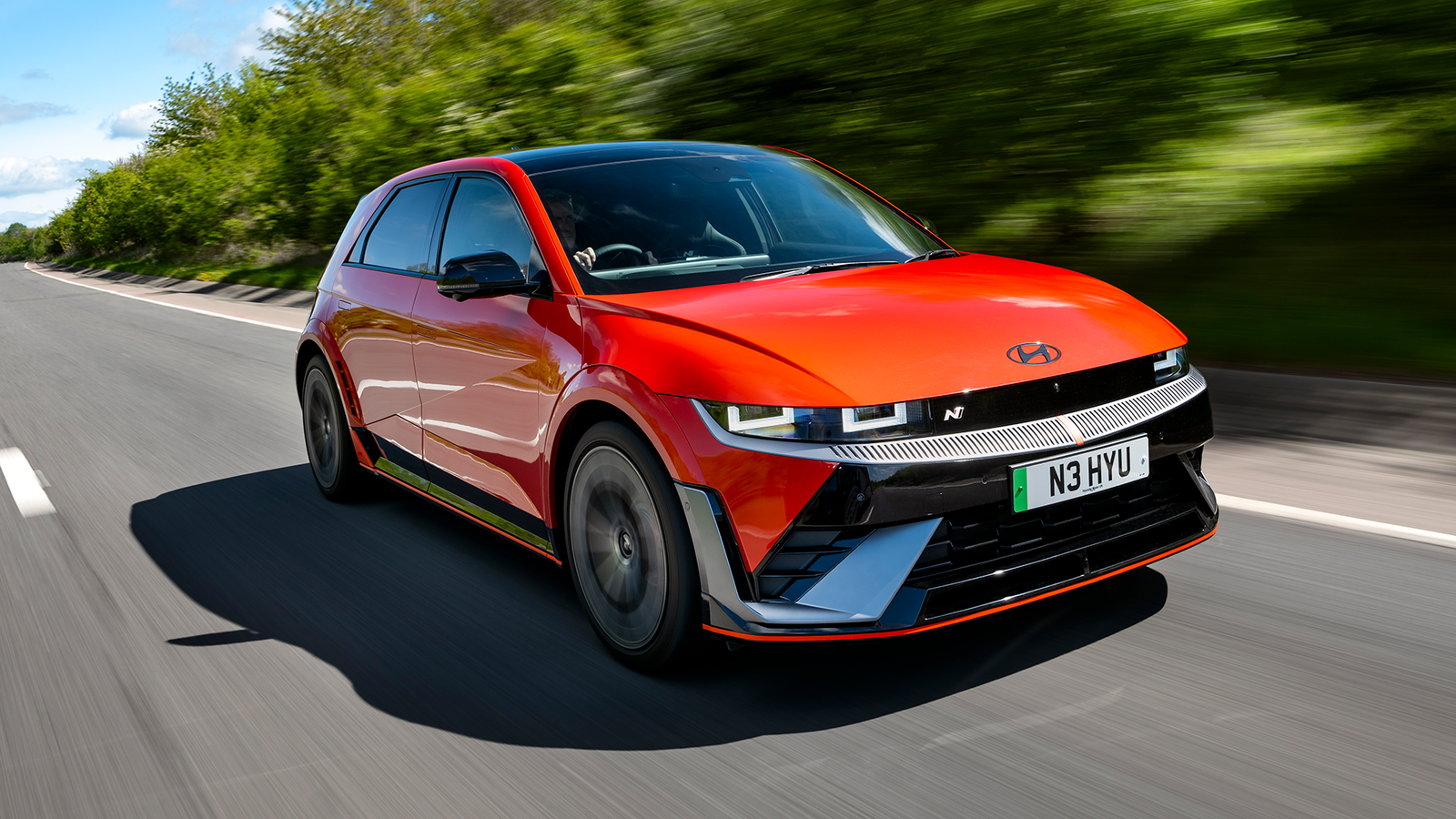

Comments